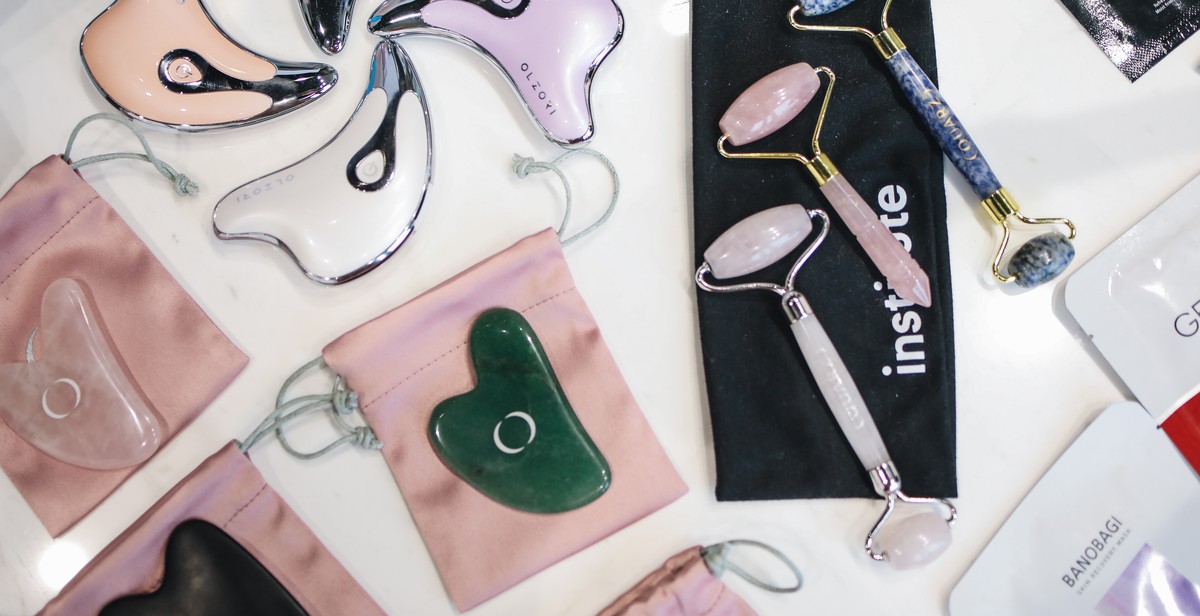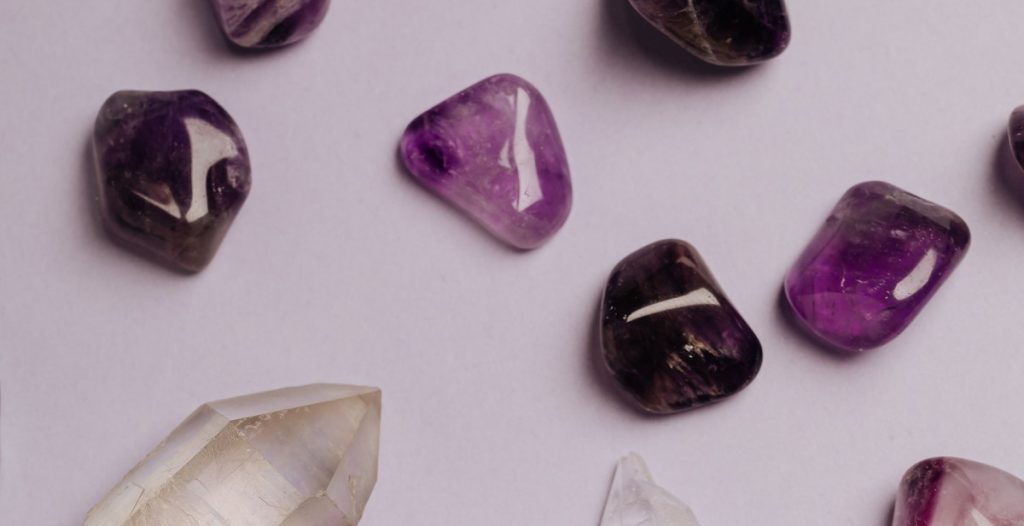The Symbolism and Power of Jade: A Look at This Revered Gemstone in Different Cultures
Jade, a precious gemstone, has been revered for centuries and is considered a symbol of purity, wisdom, and harmony in many cultures. It is widely used in jewelry, carvings, and other decorative items. In this article, we will explore the symbolism and power of jade in different cultures and its significance in various aspects of life.
The History of Jade
Jade has a rich history dating back to ancient China, where it was prized for its beauty and believed to have mystical powers. The Chinese called it “yu,” which means “imperial gem.” It was also used by the Mayans and Aztecs in Central America, the Maoris in New Zealand, and the Olmecs in Mexico.
The Symbolism of Jade
Jade is often associated with healing, protection, and good luck. It is believed to promote longevity, fertility, and prosperity. In Chinese culture, jade is a symbol of nobility, perfection, and immortality. It is also considered a symbol of love and virtue.
The Power of Jade
Jade is believed to have many healing properties, including the ability to soothe the mind and improve concentration. It is also said to enhance the immune system, promote healthy skin, and help with digestion. In addition, jade is believed to have a calming effect on the body and mind, making it an excellent stone for meditation.
Overall, jade is a powerful gemstone that has been revered for centuries for its beauty, symbolism, and healing properties. In this article, we will explore the significance of jade in different cultures and its impact on various aspects of life.

What is Jade?
Jade is a gemstone that has been revered for its beauty and spiritual properties for thousands of years. It is a mineral that is made up of two different minerals: jadeite and nephrite. The name “jade” comes from the Spanish phrase “piedra de ijada,” which means “stone of the flank,” as jade was believed to have healing properties for kidney and stomach ailments.
Types of Jade
There are two types of jade: jadeite and nephrite. Jadeite is the rarer and more valuable of the two, and is found primarily in Myanmar. It is known for its vibrant green color, but can also be found in shades of white, pink, and lavender. Nephrite, on the other hand, is more commonly found and is mined in many parts of the world, including China, Canada, and New Zealand. It is generally a darker green color and can also be found in shades of brown, black, and white.
Jade Properties
Jade is known for its durability and strength, as well as its beauty. It is a highly prized gemstone in many cultures and is believed to have spiritual and healing properties. In Chinese culture, jade is believed to bring good luck and prosperity, and is often given as a gift for important occasions such as weddings and birthdays. It is also believed to have a calming effect on the mind and body, and is often used in meditation practices.
Jade is also believed to have physical healing properties. It is said to help with kidney and bladder problems, as well as with fertility issues. It is also believed to help with the immune system and to promote overall health and well-being.
| Property | Description |
|---|---|
| Durability | Jade is a very hard stone and is resistant to chipping and breaking. |
| Strength | Jade is known for its strength and is often used to make tools and weapons. |
| Beauty | Jade is highly valued for its beauty and is often used in jewelry and decorative objects. |
| Spiritual Properties | Jade is believed to have spiritual properties and is often used in meditation and spiritual practices. |
| Healing Properties | Jade is believed to have physical healing properties and is often used to treat kidney and bladder problems, as well as fertility issues. |

The Symbolism of Jade in Different Cultures
Jade is a gemstone that has been revered for centuries in different cultures around the world. Its unique green color and smooth texture have made it a symbol of beauty, purity, and power. Let’s take a closer look at the symbolism of jade in three different cultures: Chinese, Mayan, and Maori.
Chinese Culture
In Chinese culture, jade is known as the “stone of heaven,” and it is believed to have mystical powers that bring good luck, prosperity, and longevity. It is also associated with the heart chakra and is believed to bring balance and harmony to the body, mind, and spirit.
Emperors and high-ranking officials in ancient China often wore jade ornaments as a symbol of their power and authority. Jade was also used to create intricate carvings and sculptures, which were highly valued for their beauty and symbolism.
Mayan Culture
In Mayan culture, jade was considered to be the most precious of all gemstones, and it was often used to create intricate jewelry and ceremonial objects. It was believed to have healing powers and was used to treat a variety of ailments, including headaches, stomachaches, and fevers.
Jade was also associated with fertility and was often used in marriage ceremonies. It was believed that wearing a jade pendant or bracelet would bring good luck and help couples conceive healthy children.
Maori Culture
In Maori culture, jade is known as “pounamu,” and it is considered to be a sacred stone. It is believed to have spiritual power and is often used in traditional Maori carvings and jewelry.
Jade is also associated with strength and resilience, and it is often given as a gift to honor someone’s achievements or to show appreciation. It is also used in healing ceremonies and is believed to have the power to ward off evil spirits.
| Culture | Symbolism |
|---|---|
| Chinese | Good luck, prosperity, longevity, balance, and harmony |
| Mayan | Healing, fertility, and good luck |
| Maori | Sacredness, strength, resilience, and protection |

The Power of Jade
Jade is a revered gemstone that has been used for centuries in different cultures for its healing, spiritual, and protective properties. Its beautiful green color and smooth texture have made it a popular choice for jewelry and decorative objects.
Healing Properties
Jade is believed to have powerful healing properties that can benefit both the physical and emotional body. It is said to help improve kidney function, boost the immune system, and aid digestion. It can also help relieve stress and anxiety, promote relaxation, and improve sleep quality.
When worn as jewelry, jade is believed to have a calming effect on the wearer, helping to balance their energy and promote a sense of inner peace. It is also said to help protect against negative energy and promote longevity.
Spiritual Properties
Jade is considered a powerful spiritual stone in many cultures. In Chinese culture, it is believed to represent wisdom, good luck, and prosperity. It is often given as a gift to promote harmony and balance in relationships and is also used in spiritual practices such as meditation and prayer.
In Mayan culture, jade was considered a sacred stone that was believed to connect the living and the dead. It was often used in burial ceremonies and was thought to have the power to guide the soul to the afterlife.
Jade in Feng Shui
In Feng Shui, jade is often used for its protective and healing properties. It is believed to help purify the energy in a space and promote harmony and balance. Jade is often used in Feng Shui cures such as a jade plant or a jade Buddha statue.
A jade plant is believed to bring good luck and prosperity to a home or office, while a jade Buddha statue is said to promote inner peace and spiritual growth. Placing a piece of jade near the front door of a home is believed to help protect against negative energy and promote positive energy flow.
Conclusion
Jade is a powerful gemstone that has been revered for centuries for its healing, spiritual, and protective properties. Whether worn as jewelry, used in spiritual practices, or incorporated into Feng Shui cures, jade is believed to promote balance, harmony, and positive energy in all aspects of life.

Buying Jade
Jade is a revered gemstone that has been used for centuries in different cultures for its symbolism and power. If you’re looking to buy jade, here are some things to consider:
1. Color
Jade can come in a variety of colors, including green, white, lavender, red, and yellow. However, the most valuable and sought-after color is a rich, deep green. When buying jade, look for a consistent color throughout the stone and avoid any with discoloration or spots.
2. Transparency
Jade can range from completely opaque to semi-transparent. The more transparent the jade, the more valuable it is. However, some types of jade, such as nephrite, are naturally opaque.
3. Texture
The texture of jade can vary from smooth to rough and can have a waxy or oily feel. Look for jade that has a smooth, polished surface and avoid any with cracks or rough patches.
4. Size
Jade can come in a variety of sizes, from small beads to large sculptures. The size of the jade can affect its value, with larger pieces generally being more valuable.
5. Price
The price of jade can vary greatly depending on the quality, size, and color. Be wary of jade that seems too cheap, as it may be a fake or imitation.
Jade Imitations
There are many jade imitations on the market, so it’s important to know how to spot them. Here are some common jade imitations to watch out for:
| Imitation | Description |
|---|---|
| Dyed quartz | Quartz that has been dyed to imitate the color of jade |
| Glass | Glass that has been molded to look like jade |
| Plastic | Plastic that has been molded to look like jade |
When buying jade, be sure to purchase from a reputable dealer and ask for a certificate of authenticity. This will ensure that you are getting genuine jade and not a cheap imitation.

